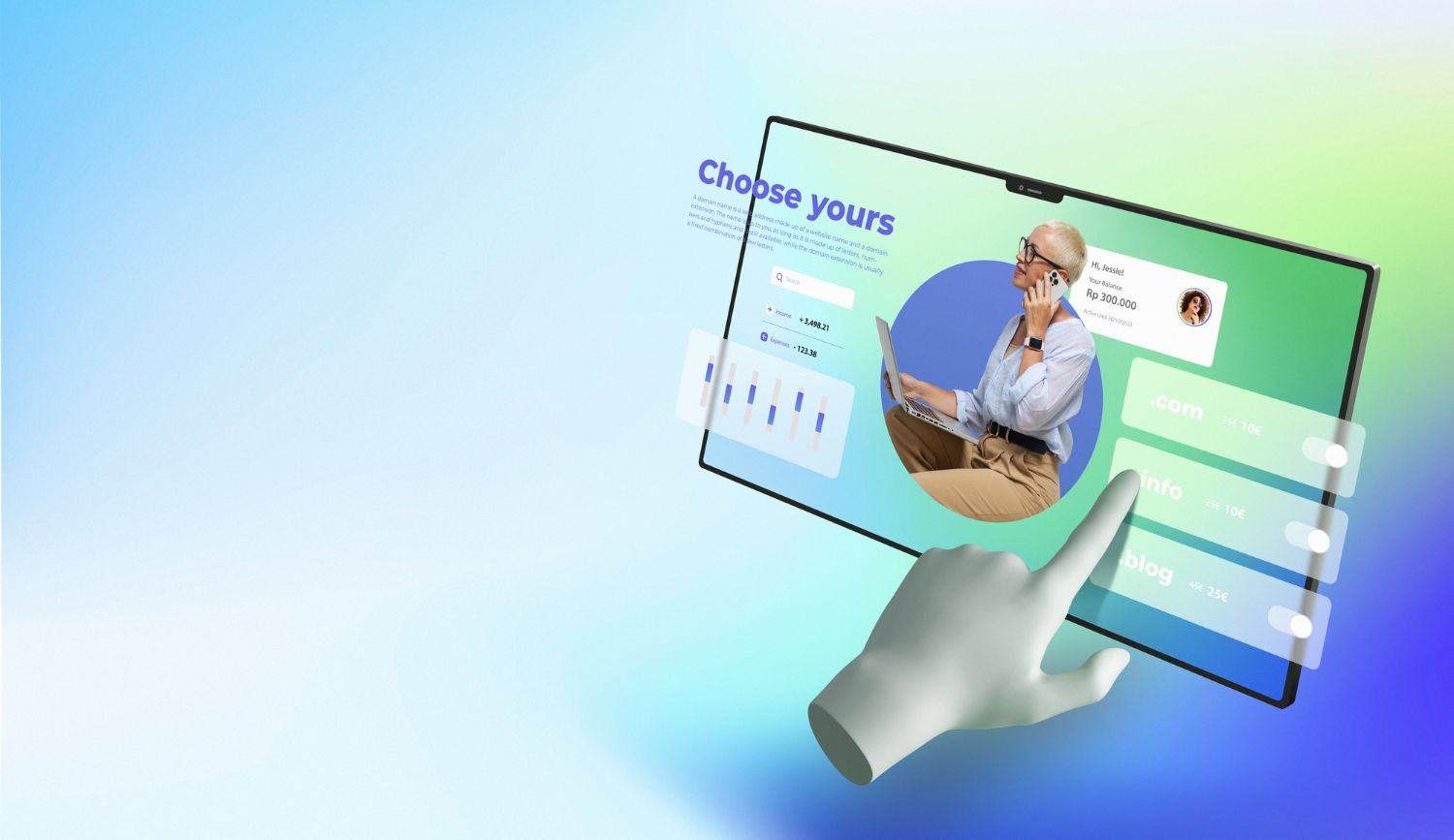Understanding Modern Web Design and Its Capabilities
1. Introduction
The Evolution of Web Design
Web design has come a long way from its early days of text-based pages and static graphics. Today, it’s a dynamic and ever-evolving field that combines aesthetics, functionality, and user experience. In this blog post, we'll explore the key trends shaping modern web design, how to assess your website’s needs, and practical steps to implement these trends effectively. Whether you're a small business owner or a seasoned web developer, staying updated with the latest web design practices is crucial to creating engaging and effective websites.
2. Understanding Modern Web Design and Its Capabilities
What is Modern Web Design?
Modern web design involves creating websites that are not only visually appealing but also functional, user-friendly, and optimized for a variety of devices. It encompasses a range of disciplines, including graphic design, user experience (UX) design, and search engine optimization (SEO).
Key Elements of Modern Web Design
Responsive Design
Responsive design ensures that websites look and function well on all devices, from desktops to smartphones. It involves flexible layouts, images, and CSS media queries.
User Experience (UX) Design
UX design focuses on the overall experience of the user, aiming to make the website intuitive, easy to navigate, and enjoyable to use.
Performance Optimization
Optimizing a website for performance involves improving load times, ensuring fast response times, and minimizing the use of heavy resources.
Accessibility
Accessibility ensures that websites are usable by people with disabilities. This includes providing text alternatives for images, ensuring keyboard navigability, and designing for screen readers.
Real-World Applications
Modern web design can enhance user engagement, improve conversion rates, and boost SEO rankings. For example, an e-commerce site with a responsive design and optimized load times can significantly improve user satisfaction and sales. Similarly, a blog with excellent UX design can increase reader retention and social shares.

3. Assessing Your Website's Needs
Identify Areas for Improvement
Before diving into redesigning your website, assess its current state. Look for areas where modern design principles can add value:
- High Bounce Rates: If visitors leave your site quickly, it may be due to poor design or slow load times.
- Low Conversion Rates: A lack of user-friendly design can deter potential customers from completing actions like signing up or making purchases.
- Outdated Appearance: An outdated design can make your site look untrustworthy or unprofessional.
Evaluating Readiness
Consider your resources and capabilities:
- Technical Infrastructure: Do you have the necessary technology to support modern web design elements like responsive layouts and interactive features?
- Team Skills: Does your team have the skills required for modern web design, or will you need training or new hires?
- Budget: What is your budget for redesigning and maintaining your website?
4. Planning Your Web Design Project
Setting Clear Objectives
Define what you hope to achieve with your website redesign. Objectives might include increasing user engagement, improving SEO rankings, or enhancing the overall user experience. Set SMART (Specific, Measurable, Achievable, Relevant, Time-bound) goals to keep your project on track.
Choosing the Right Tools and Technologies
Select tools that align with your objectives. For example, content management systems (CMS) like WordPress are ideal for blogs, while e-commerce platforms like Shopify are suited for online stores. Consider design tools like Adobe XD or Figma for prototyping and collaboration.
Building or Buying
Decide whether to design and develop your website in-house or hire a professional agency. In-house development allows for greater control and customization, but hiring an agency can bring in specialized expertise and faster results.
5. Implementing Modern Web Design
Integration with Existing Systems
Ensure that the new design integrates seamlessly with your existing systems, such as your CMS, CRM, and marketing tools. This may require backend development or API integrations.
Training Your Team
Provide training sessions for your team to familiarize them with the new design tools and technologies. This is crucial for maintaining the website and making updates as needed.
Monitoring and Scaling
After implementation, closely monitor your website’s performance. Use analytics tools to track metrics like page load times, bounce rates, and user engagement. Continuously gather feedback and make iterative improvements.
6. Managing Risks and Challenges
Identifying Potential Risks
Modern web design comes with its challenges, including:
- Security Risks: Ensure your website is secure against threats like hacking and data breaches.
- SEO Impact: Significant design changes can affect your SEO rankings. Monitor and adjust your SEO strategies accordingly.
- User Adaptation: Users may need time to adapt to a new design. Ensure changes enhance usability rather than confuse users.
Mitigating Risks
Implement strategies to manage these risks:
- Security Protocols: Use secure coding practices and regular security audits.
- SEO Best Practices: Follow SEO best practices during and after the redesign.
- User Testing: Conduct user testing to gather feedback and make necessary adjustments.
7. Measuring Web Design Impact
Setting KPIs
Establish clear Key Performance Indicators (KPIs) to measure the success of your web design project. These could include metrics like user engagement, conversion rates, and page load times.
Continuous Monitoring and Evaluation
Regularly review these KPIs to assess the effectiveness of your web design. Use tools like Google Analytics to track real-time data and make informed decisions for ongoing improvements.
By following these steps, you can effectively leverage modern web design principles to create a website that not only looks great but also performs exceptionally well.
Get In Touch today to start the process of building your new website.
07917 102 824 | web.igniteinfo@gmail.com
Get In Touch.
Leave your details below and we'll get in touch as soon as possible.
Get In Touch










